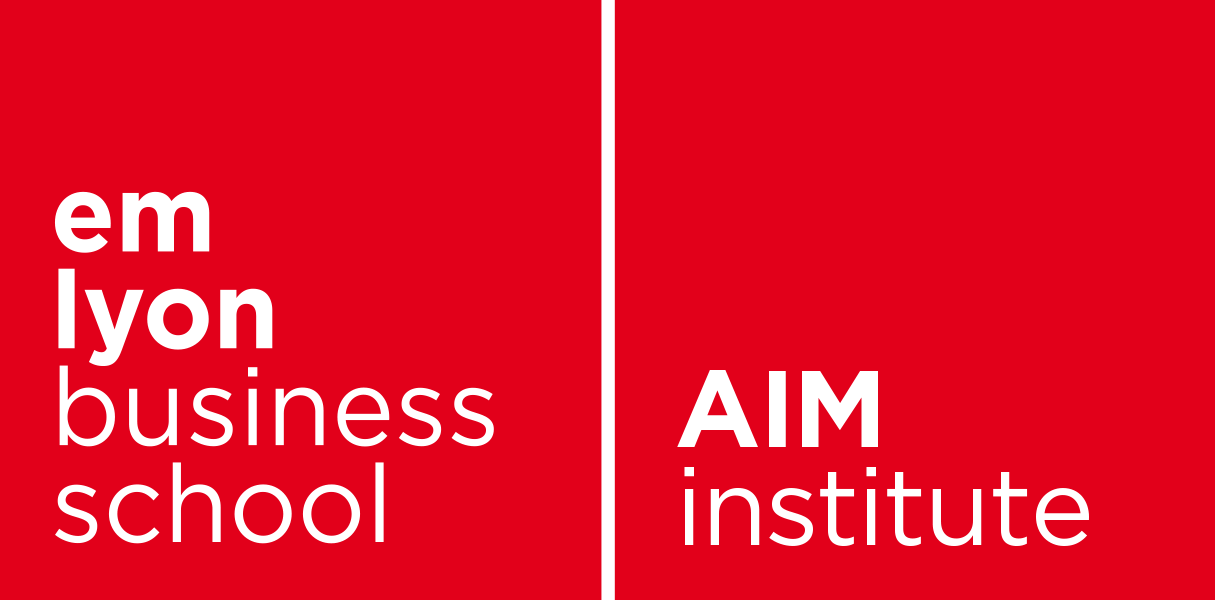How does the classical ownership structure of wind farms, involving the possibility to shut down, impact their investment policies? Prof. Benoit Chevalier-Roignant addresses this research question in a recently published co-authored work with Alain Bensoussan and Alejandro Rivera. The authors model a situation in which a renewable energy site can expand its power generation capacity by an endogenous amount but may also want to shut down to save on fixed operating costs and interest payments if the market prospects deteriorate. They derive managerial implications that help us explain real-world conundrums, illustrating the intricate interactions between the operational decision to build up capacity and the financial decision to exit an industry. Shutting down may be delayed in the hope of expanding capacity upon recovery; an expansion may also be delayed in the presence of a valuable exit option. The presence of fixed or proportional financing costs may lead the firm to delay its expansion decision, but the scale of investment will only be affected by proportional costs. If herding behavior causes equipment prices to increase (respectively, decrease) when electricity prices are high (respectively, low), managers should invest earlier (respectively, later) and more (respectively, less) while equipment prices are low (respectively, high). Furthermore, although volume swings (due to capacity decommissionings and expansions) are marked in a homogeneous industry (when the default and expansion thresholds are reached), heterogeneity in the population of wind farms smooths out such effects.
Reference :

